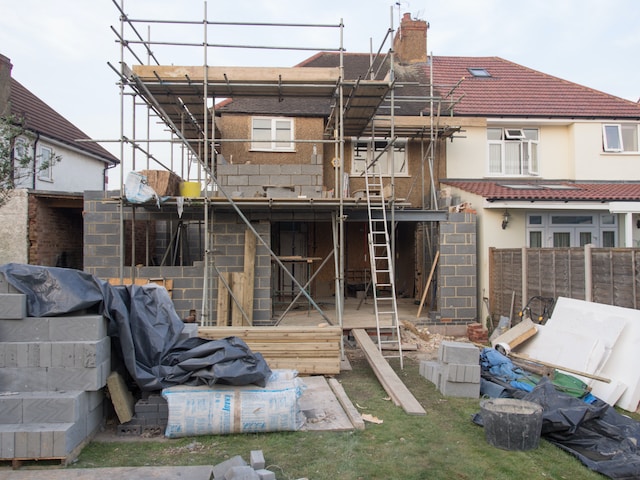Real estate has long been considered one of the least risky investments. The market always has its ups and downs, but this is also true of any other investment, and real estate never disappears entirely. As with any investment, it’s best if you know what you’re doing. However, even if you don’t make the best investment possible, investing in real estate rarely becomes disastrous except in the event of economic conditions that reach multiple markets and negatively affect large segments of the population. A mediocre real estate purchase generally just means you may have to wait longer than anticipated to profit off your investment.
With some other investments, bottoming out may mean the product is all but dead and it’s pointless to invest, so it’s better to wait until the prices are increasing, but still low. Not the case with real estate, given its cyclical nature. This gives you a lot more leeway in term of when to invest in real estate. Part of the reason for this is that homes tend to appreciate over time, rather than depreciate as many other products do. If inflation is high, while it may not be the best time to invest in general, diversifying into real estate is a solid option. This is especially true if you purchase a rental property, as rent prices also go up with inflation.
Photo by Towfiqu barbhuiya on Unsplash



















